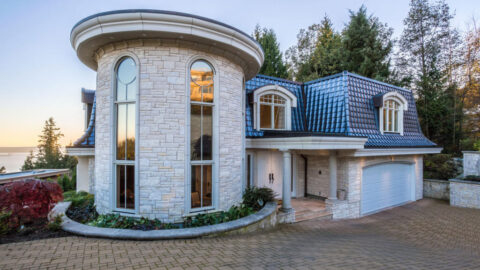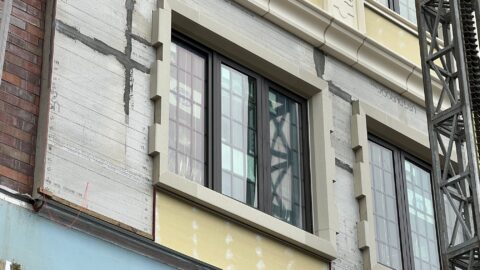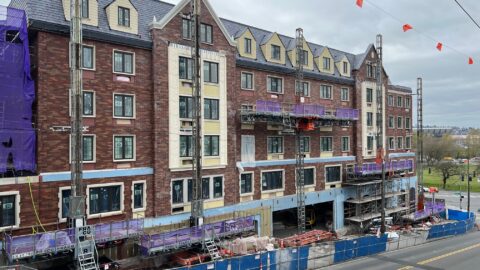Patterson Whittaker Architectural Profiles creates cement coated architectural foam that is used on both residential and commercial properties, offering decorative elements that are lower cost, very easy to install, and can be crafted into essentially any type of design. They compare extremely favorably to precast concrete, GFRC, wood, and more, all while offering benefits that those materials cannot provide.
The benefits of this type of material approach can be especially seen in coastal areas. On both the West and East coast, architectural foam is capable of providing what concrete, wood, and other materials cannot – making it appropriate for the vast majority of architects and contractors.
Harsh Conditions of the Coasts
Architectural foam is capable of withstanding both very hot and very cool weather. But on the coasts, it is not the temperature that is the problem. It is what happens to the air.
Coastal areas tend to have conditions that can damage a variety of different types of property materials. For example:
- Saltwater – Saltwater is known to damage a variety of materials, especially concrete and wood. The damage can be fast and pronounced. Architectural foam is less prone to saltwater damage, helping extend the life of the architectural elements.
- Air Moisture/Rain – Coastal areas tend to have more moisture in the air and more rain, both of which can damage a variety of materials in the long term. Finished architectural concrete avoids much of this damage.
- Wind – Coastal areas tend to have very powerful wind storms. Some products, like GFRC and precast, do provide a decent job of withstanding wind, but the problem is that they are very heavy. Heavy winds run the risk of cracking or breaking the panels if not properly reinforced. That is not the case with architectural foam.
There are even simple, often forgotten reasons that architectural foam can be beneficial. For example, it is so lightweight that it can be installed in a very short period of time with minimal or no manual reinforcement, usually by one person. Since architectural installation can be generally more difficult in coastal areas (for a variety of reasons), knowing someone can come in and install it easily makes better for companies hoping to save on transportation and labor, and finish their project faster.
Coastal areas also tend to have higher material costs, especially locally. But architectural foam is so lightweight and inexpensive, especially for transport, that it can be ordered from companies further away and arrive fast without a significant upcharge.
Overall, architectural foam is a phenomenal choice for commercial and residential properties along the coasts. Get in touch with our sales team today to learn more about how this type of product is replacing GFRC, precast concrete, and so much more.






Recent Comments